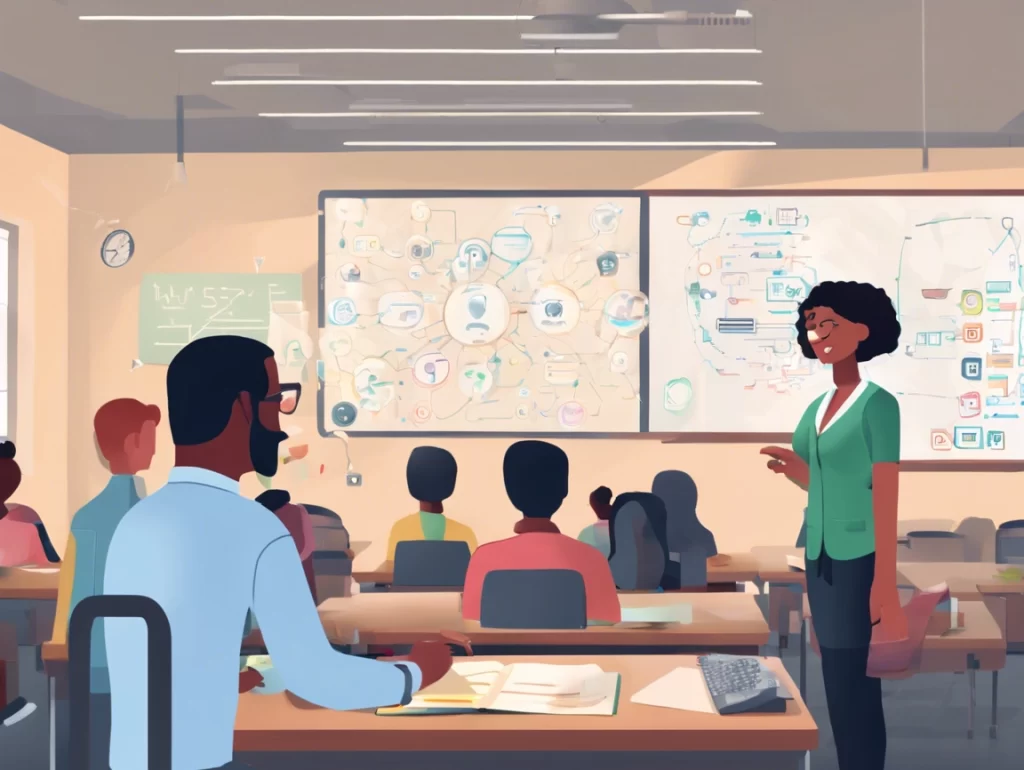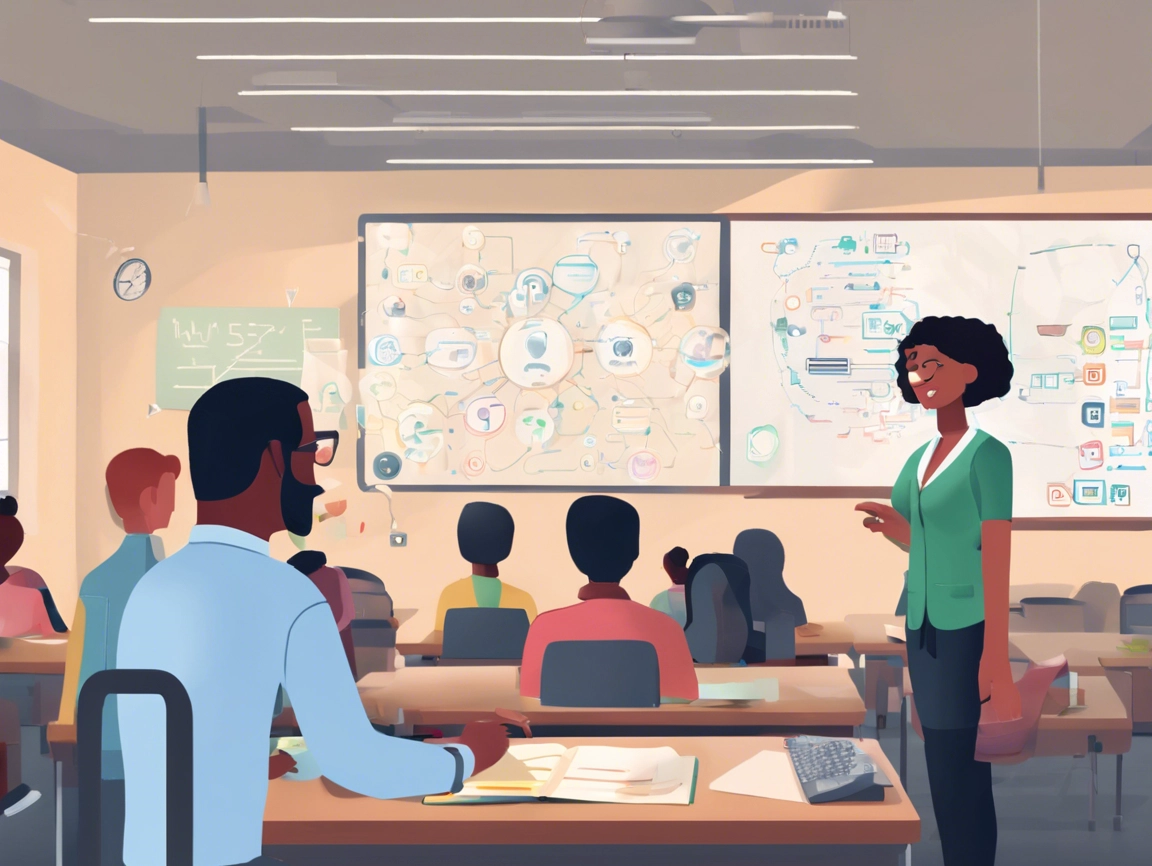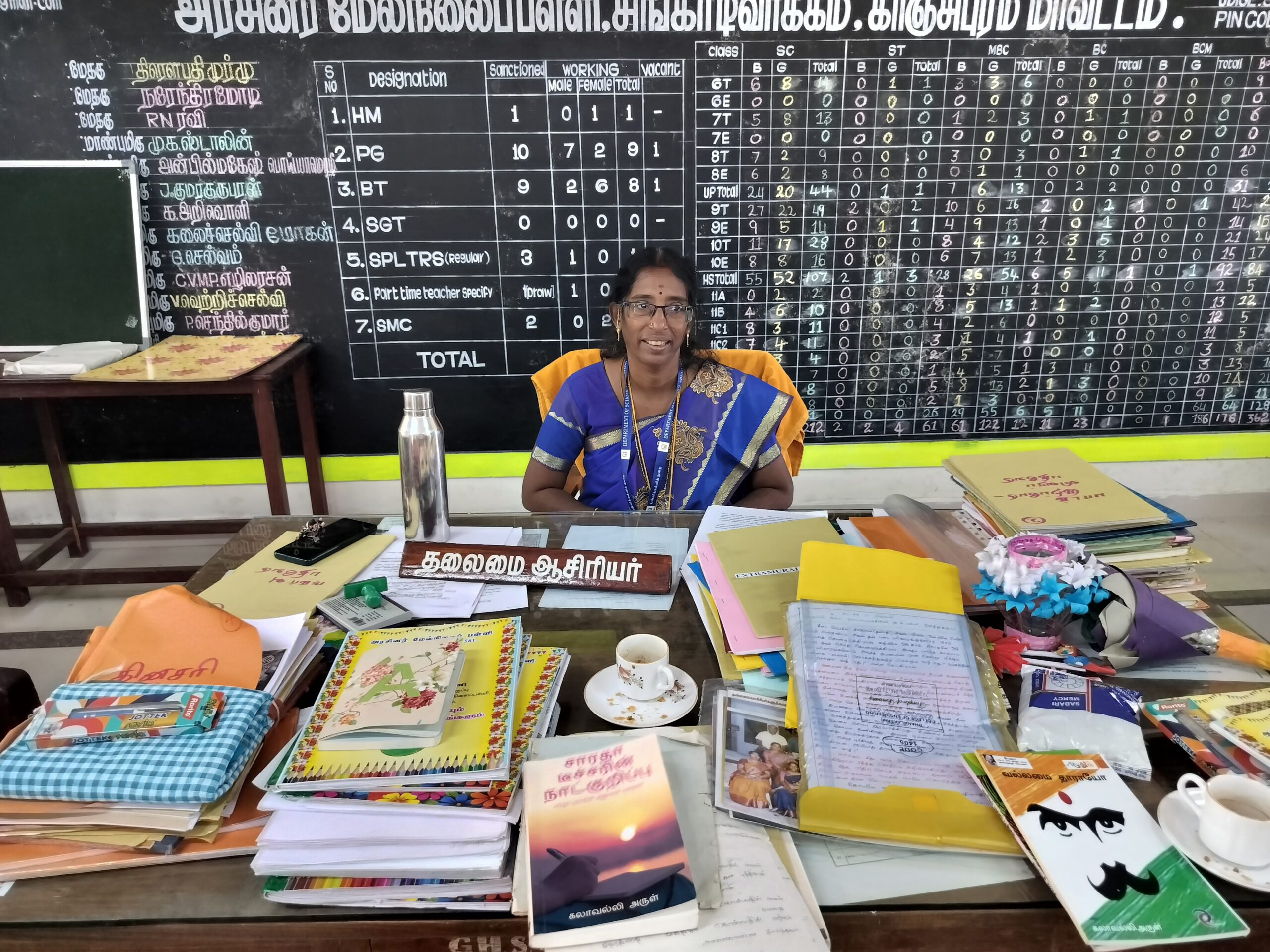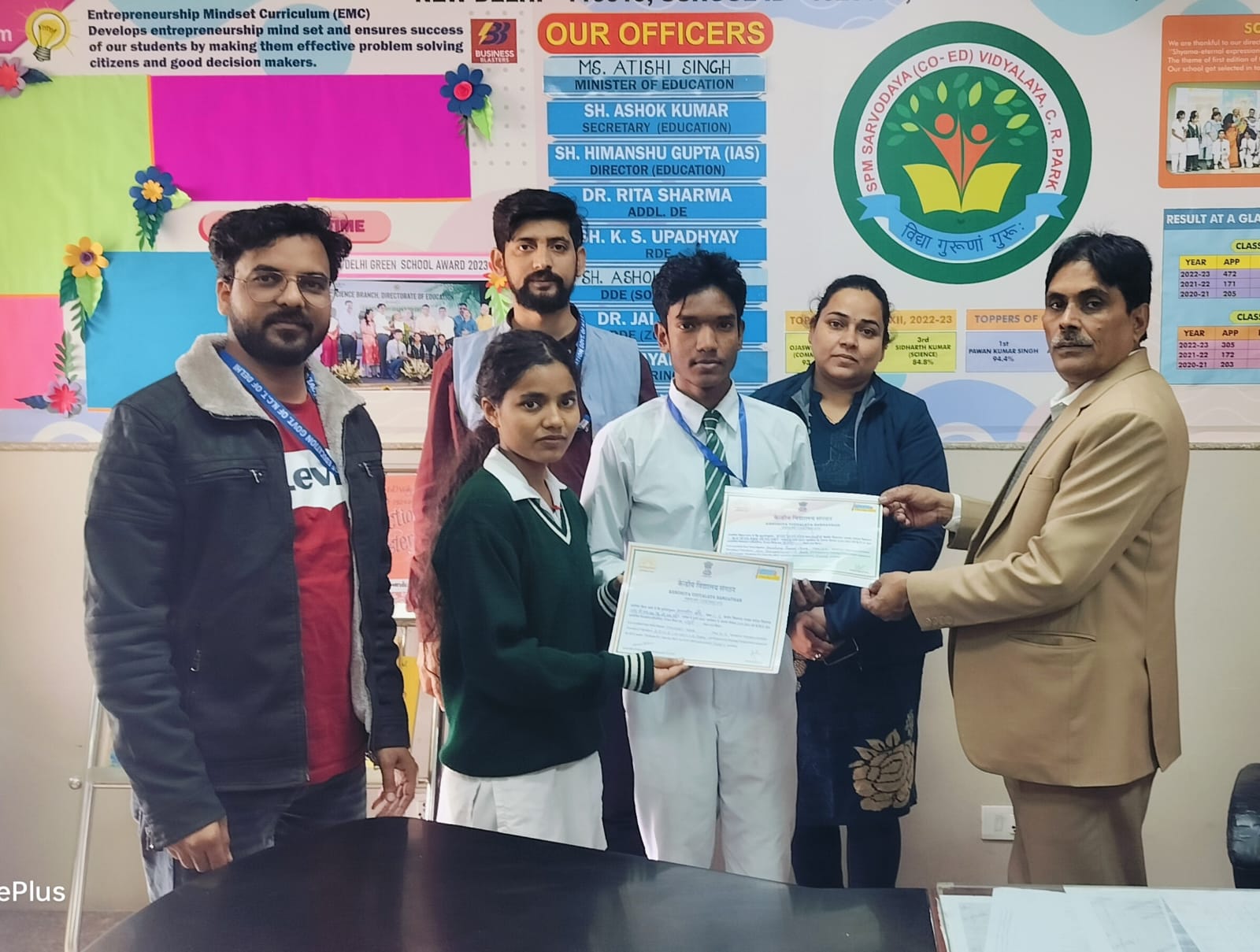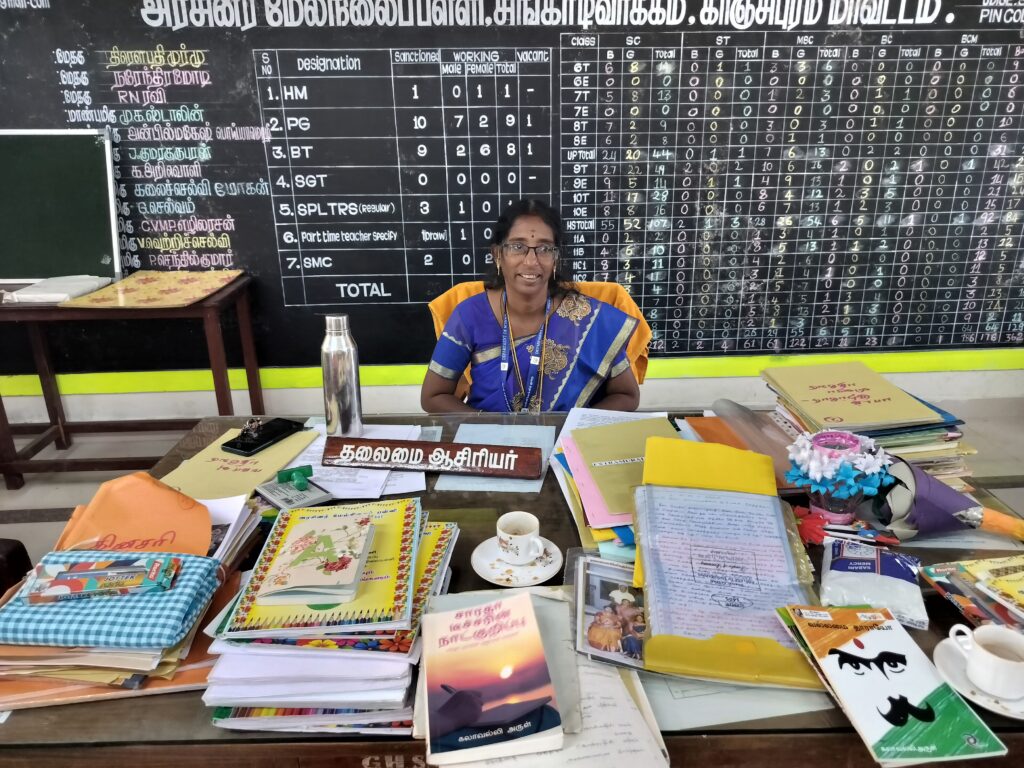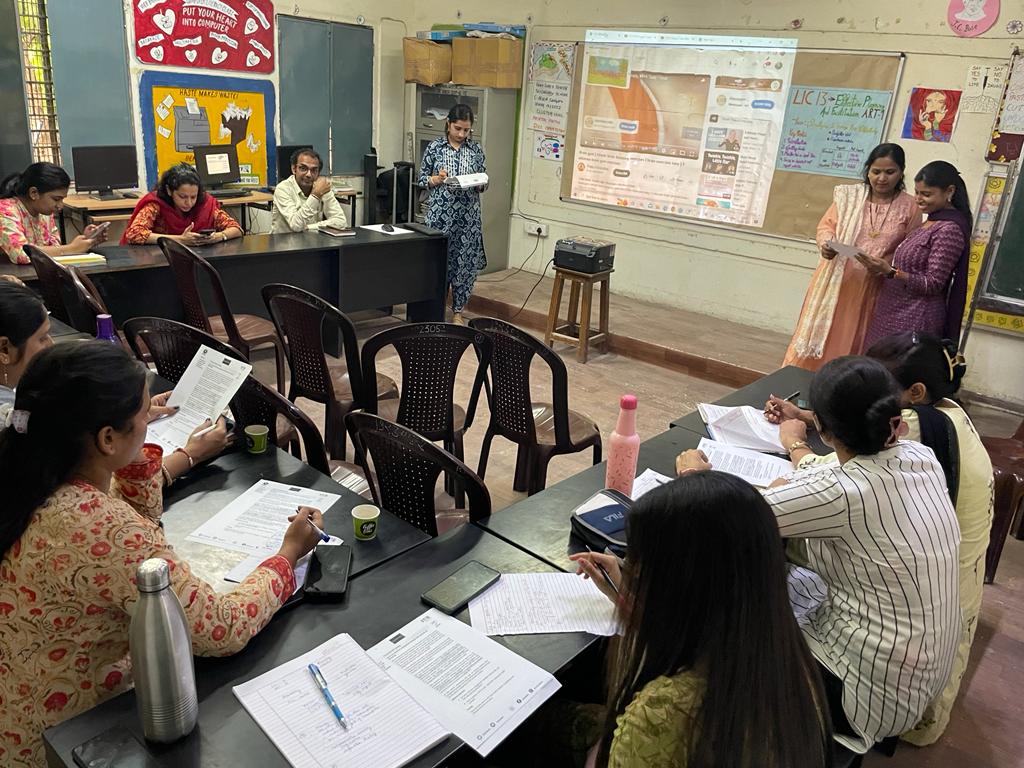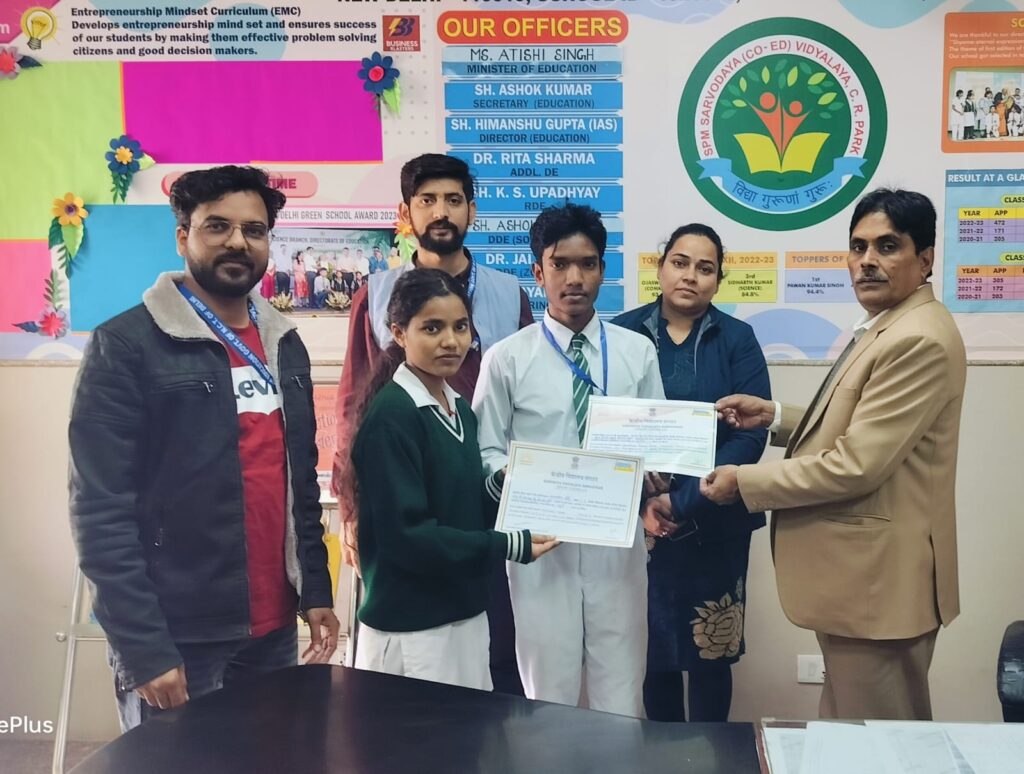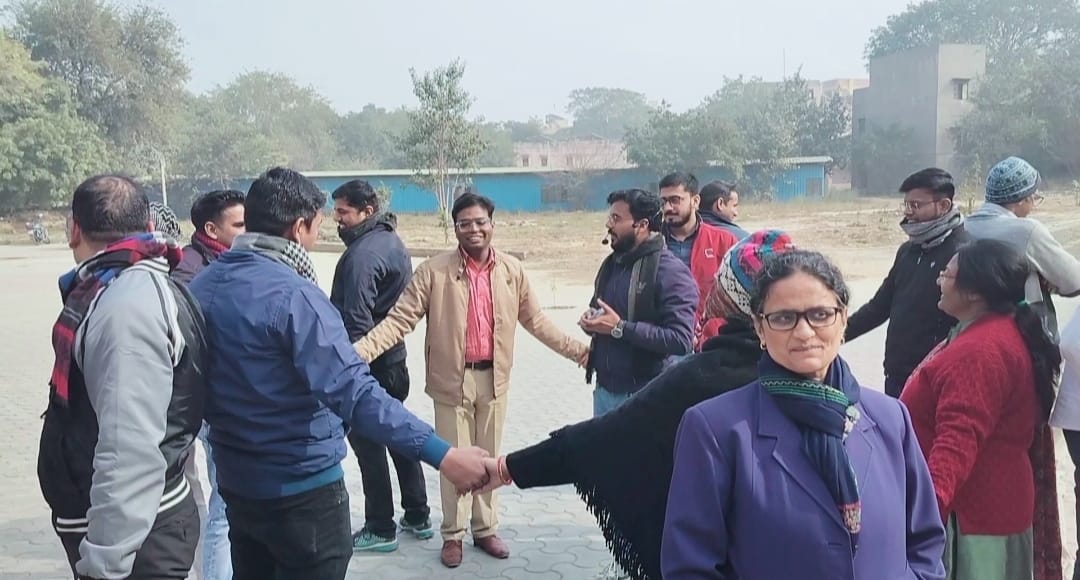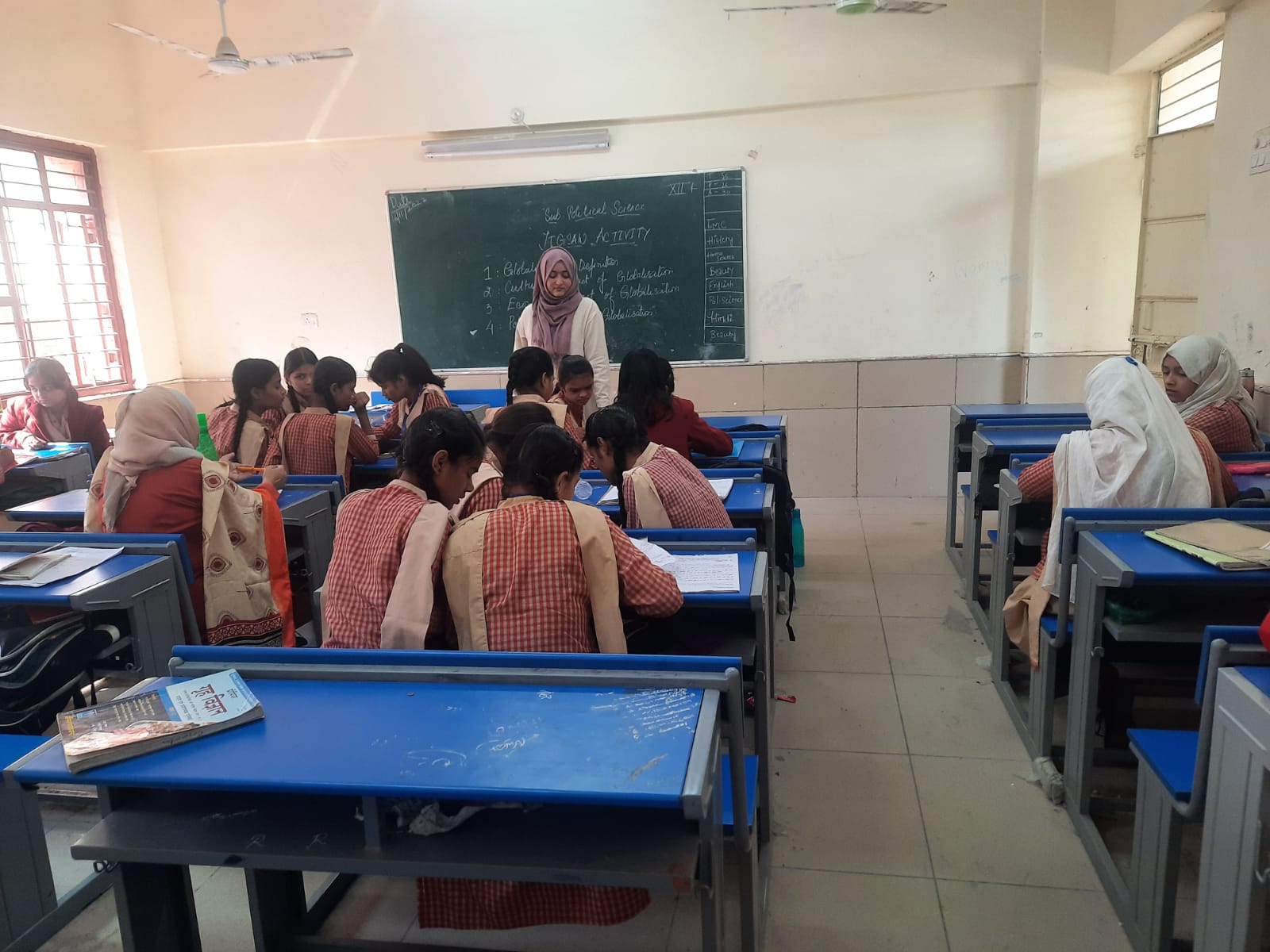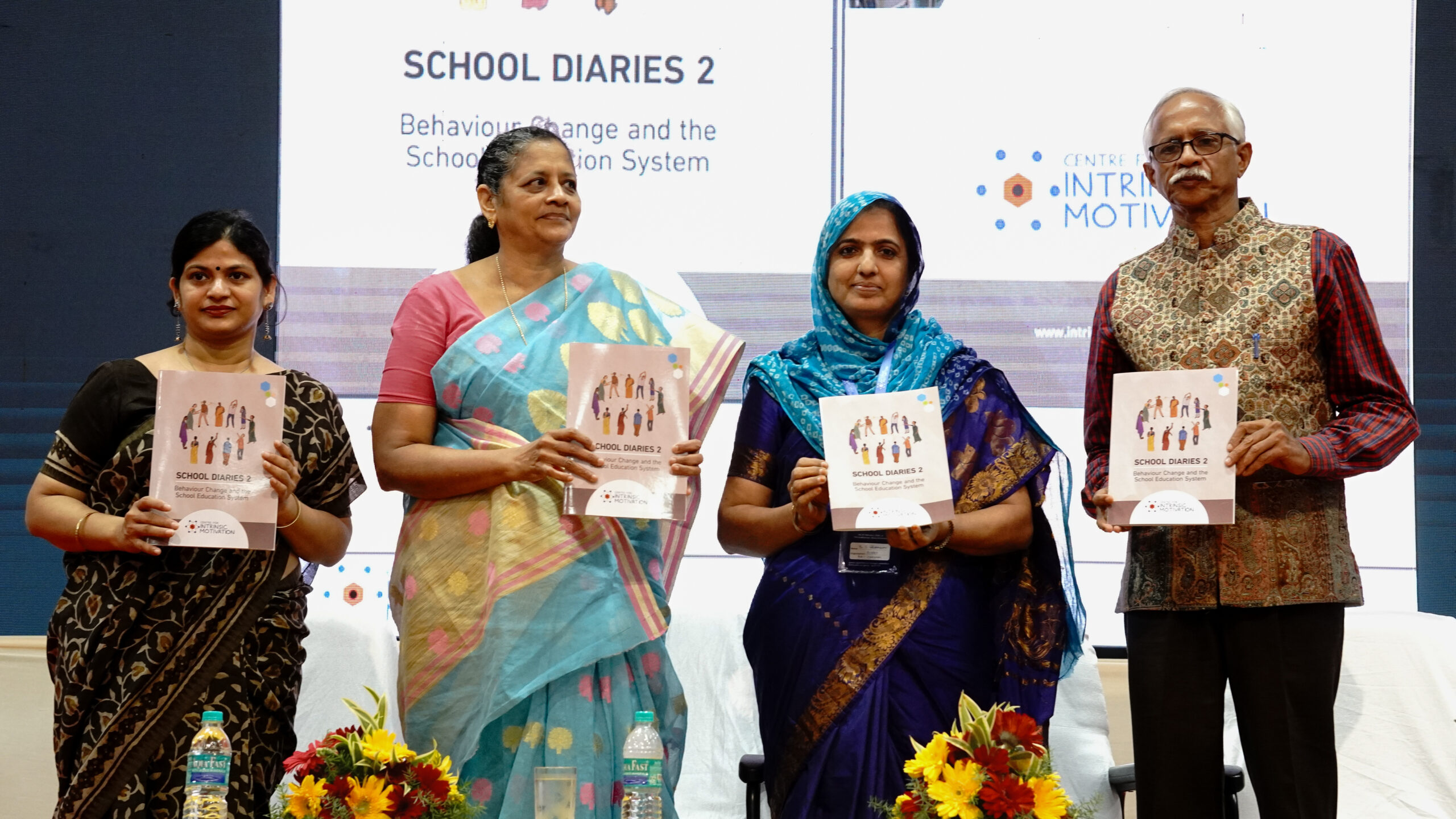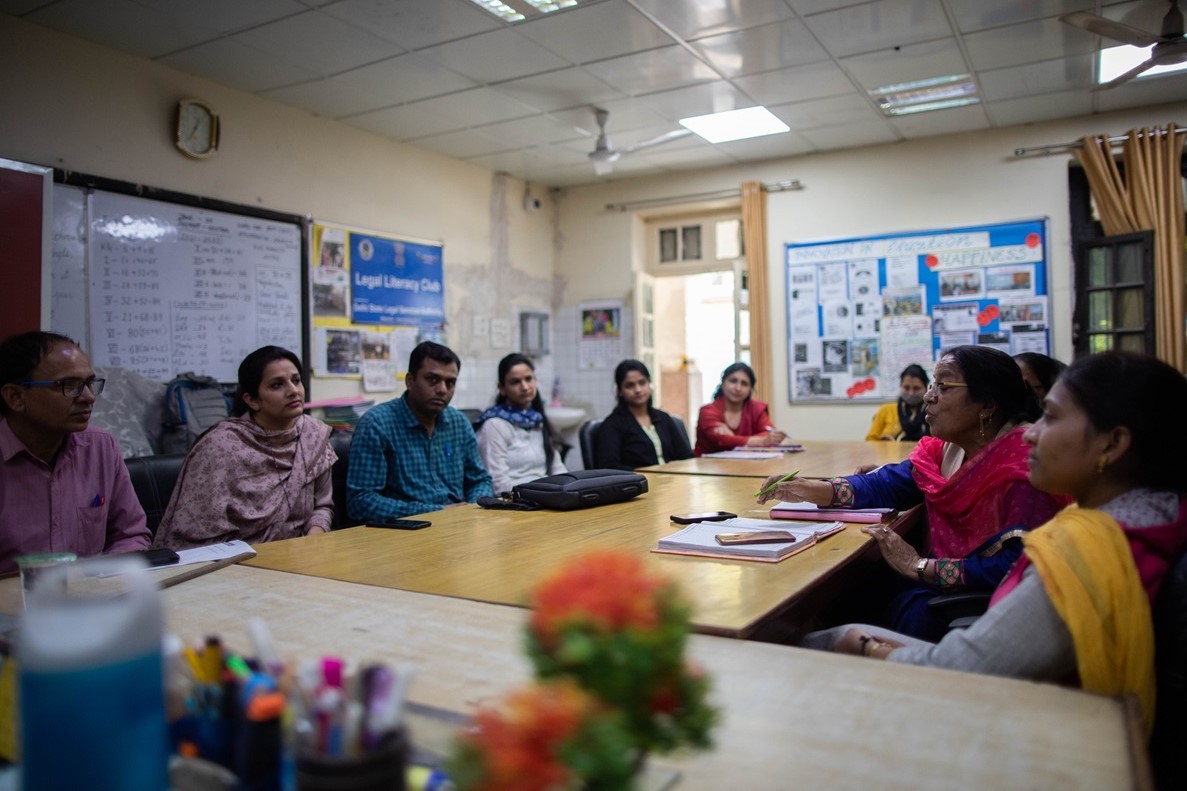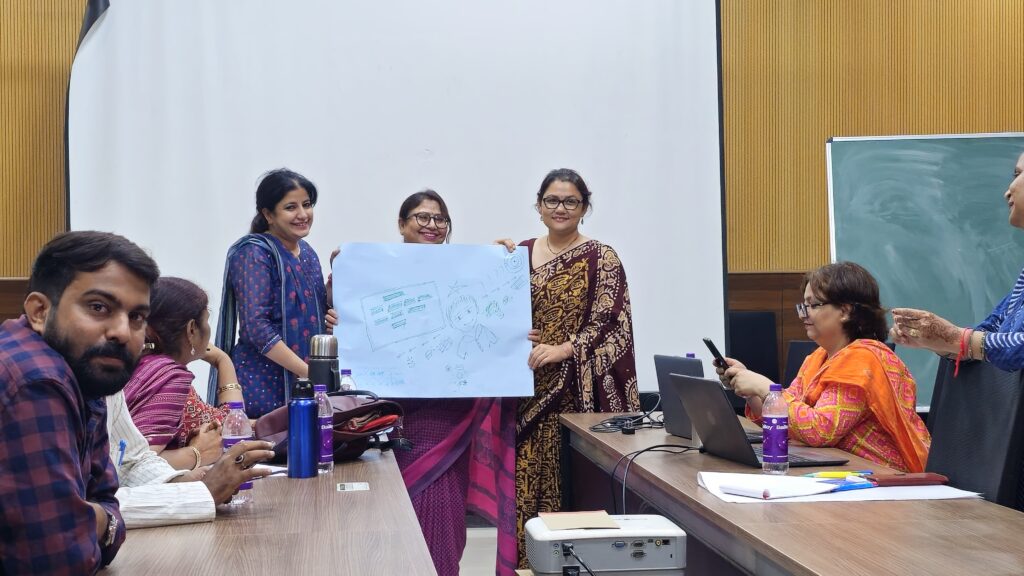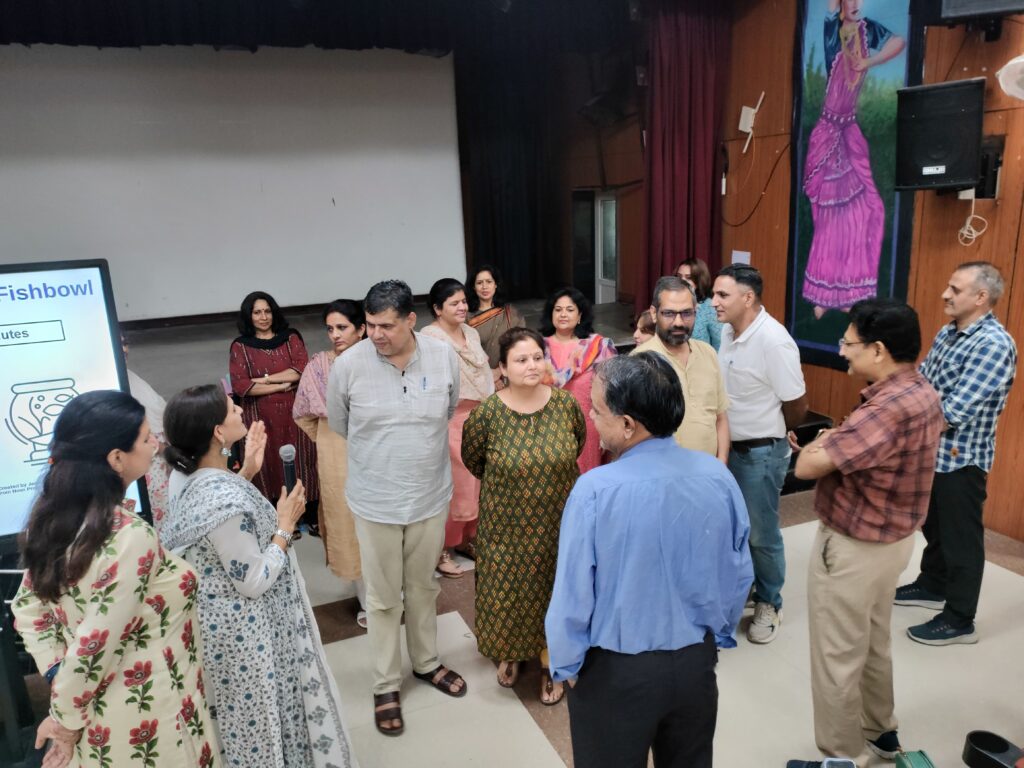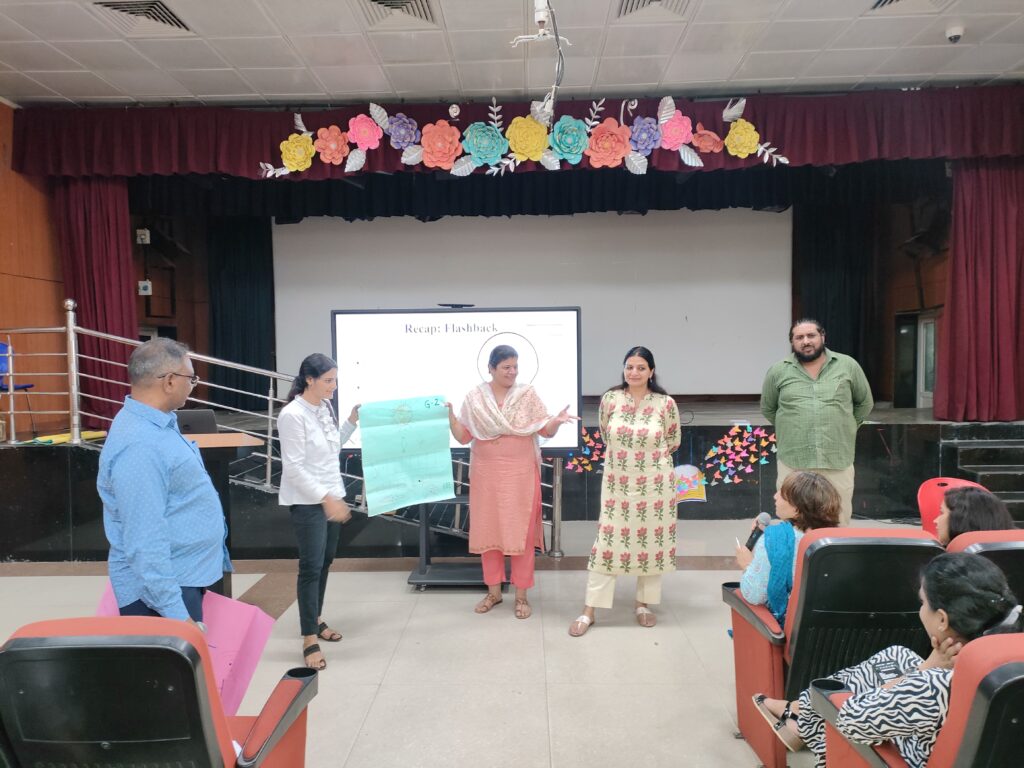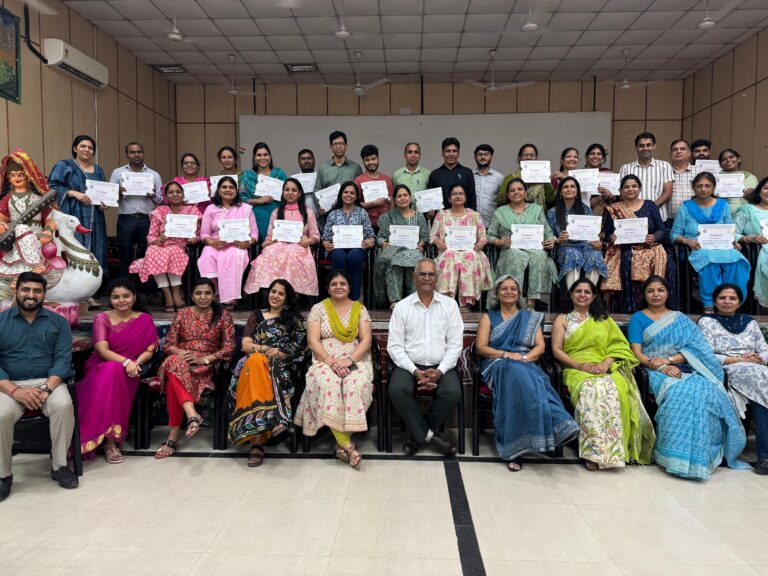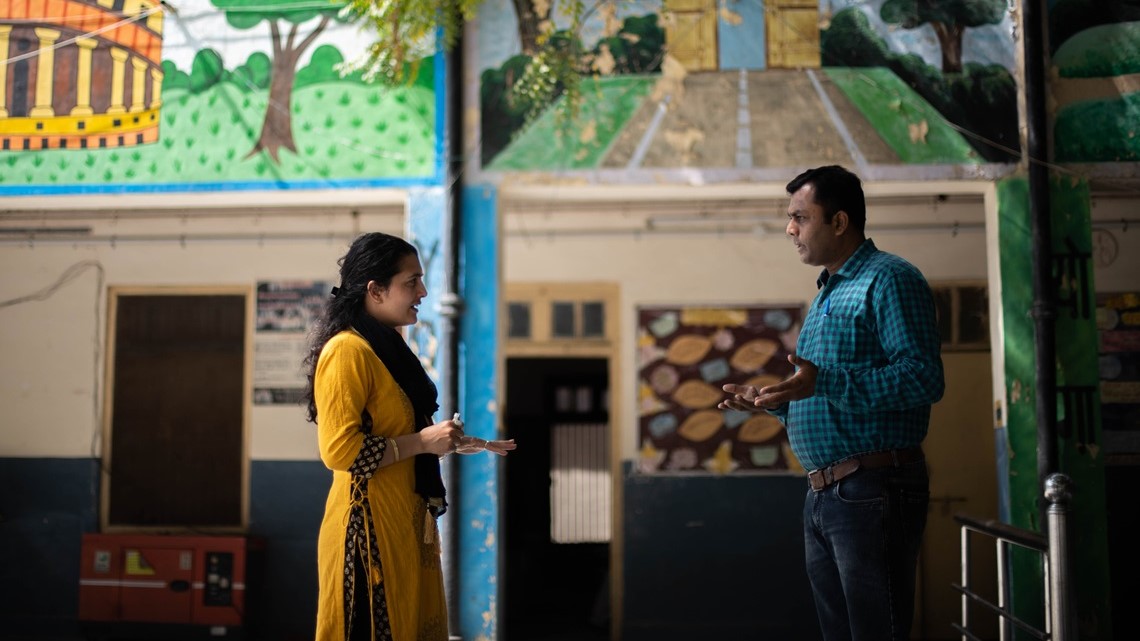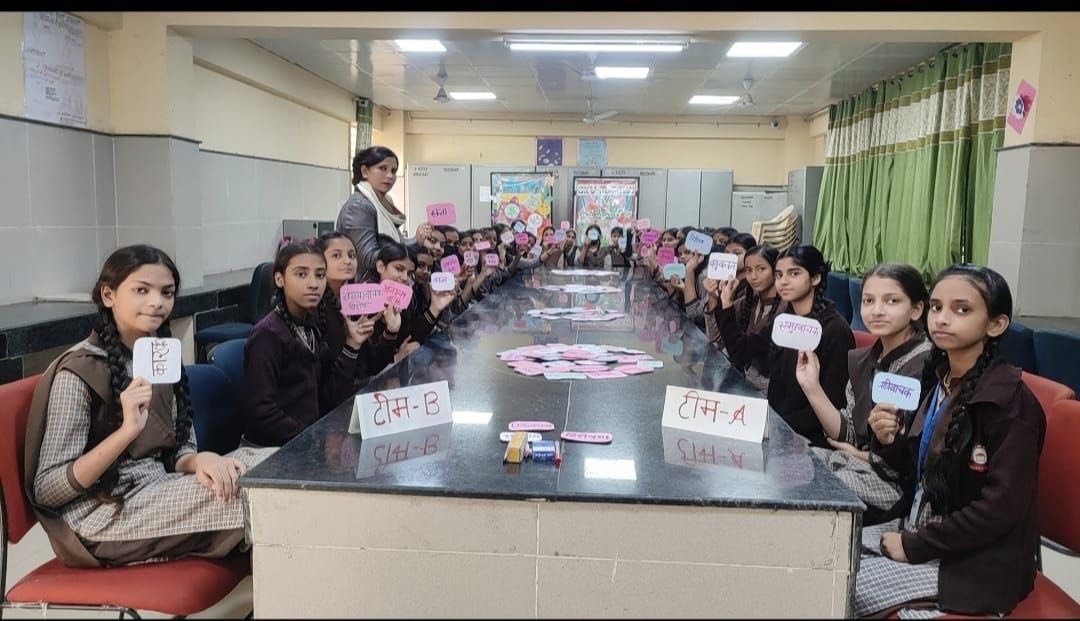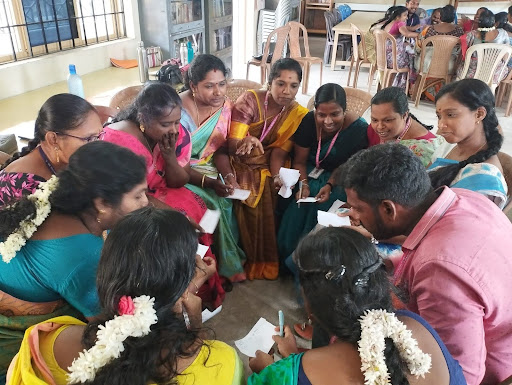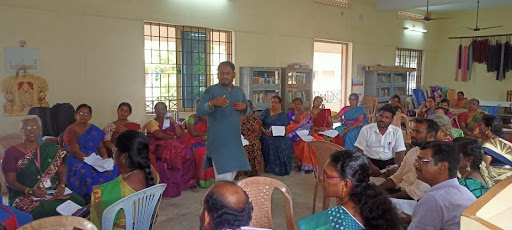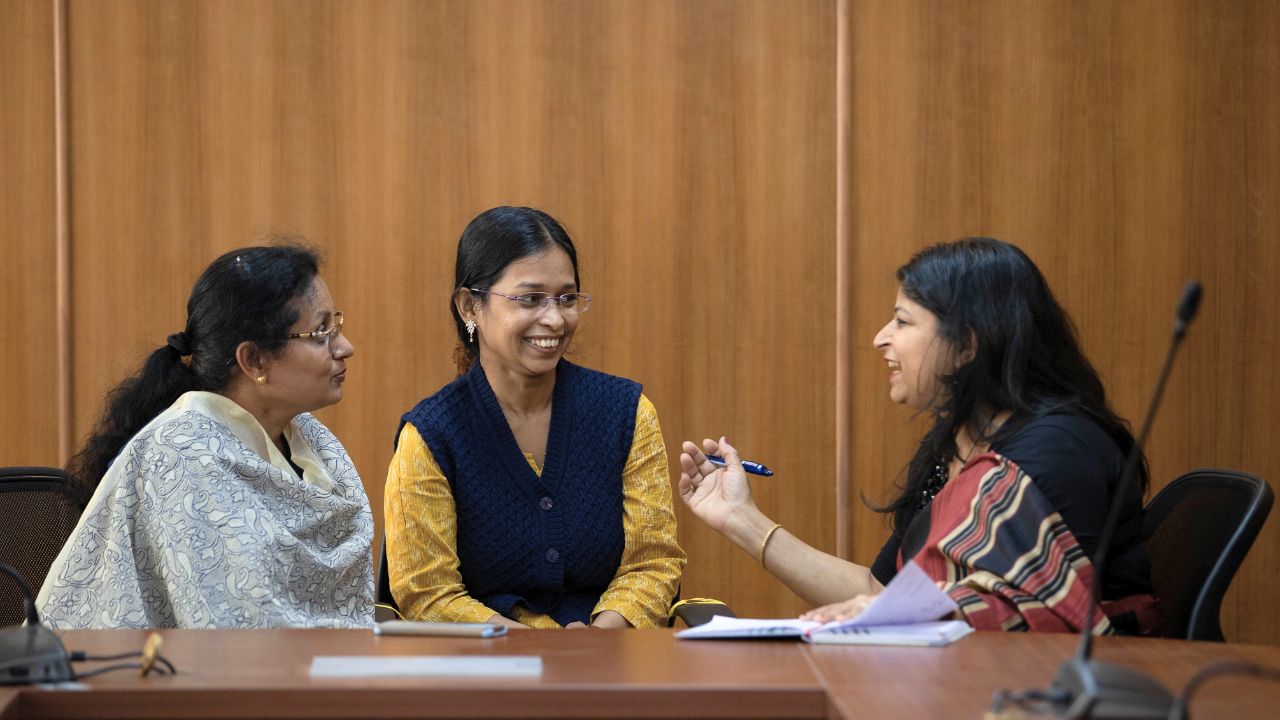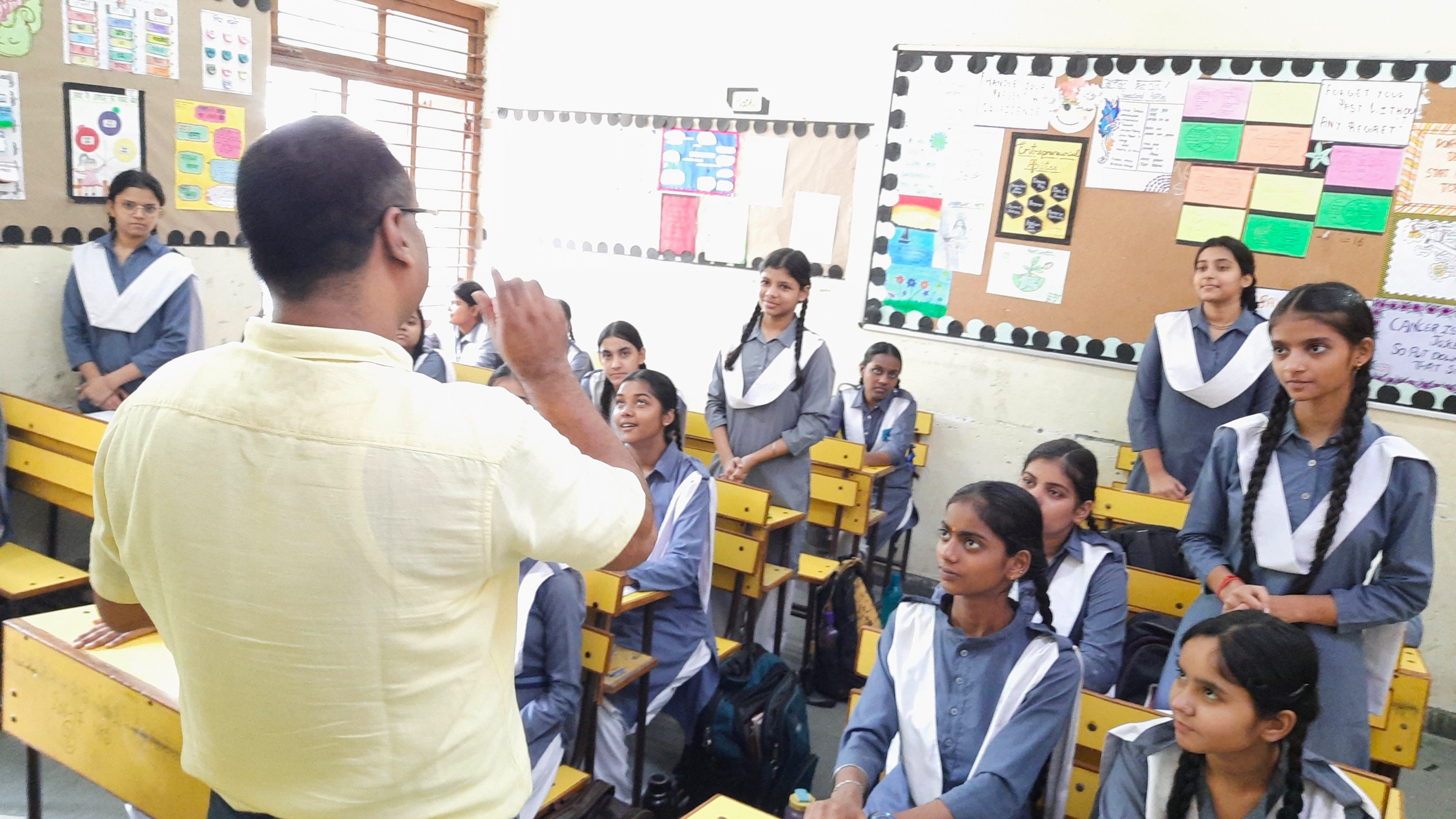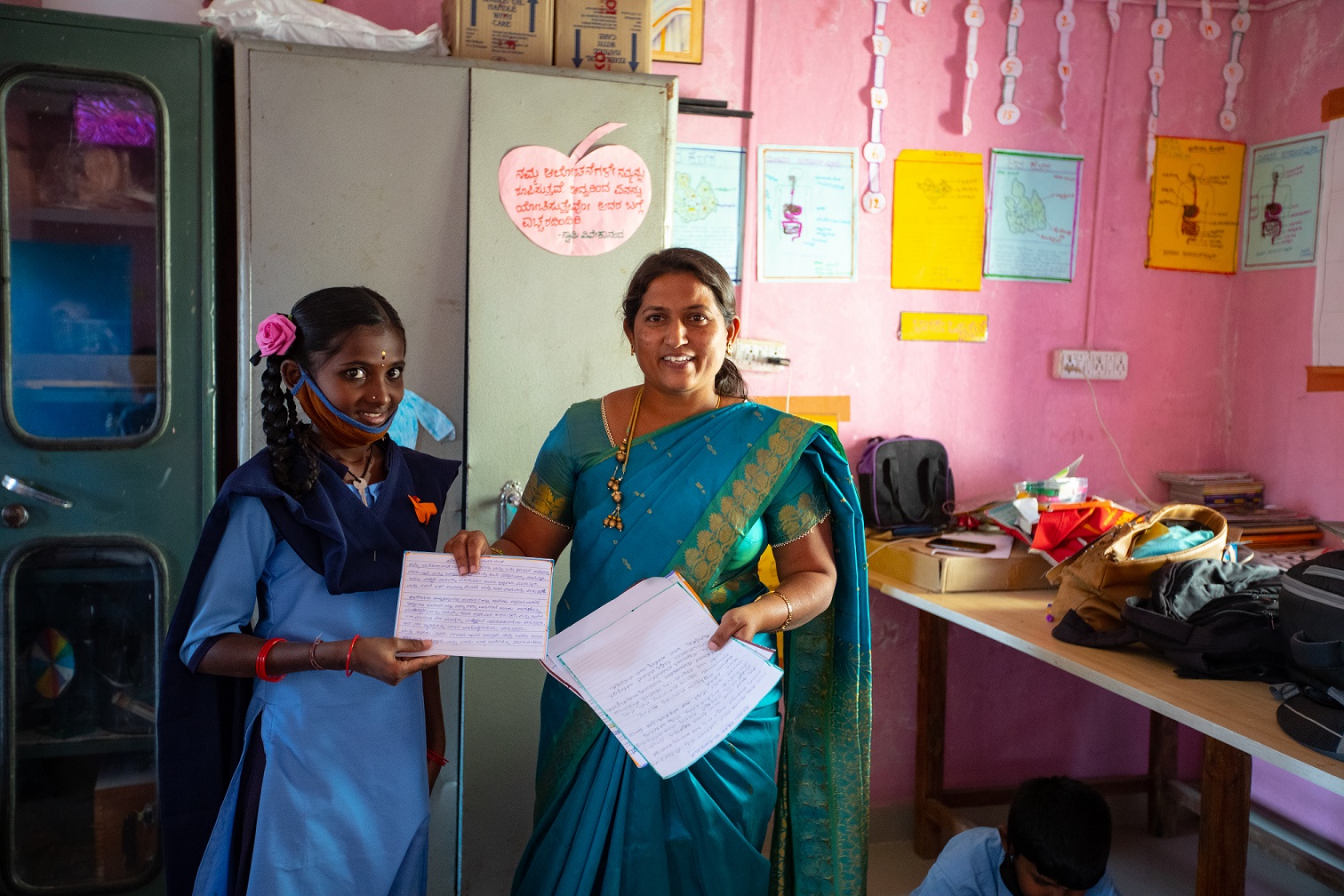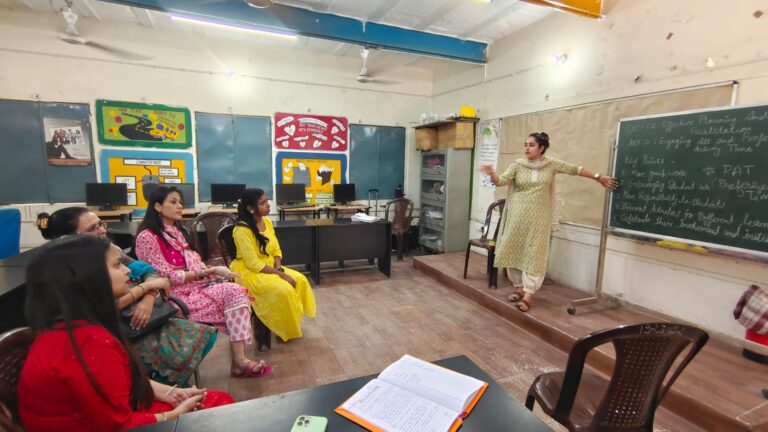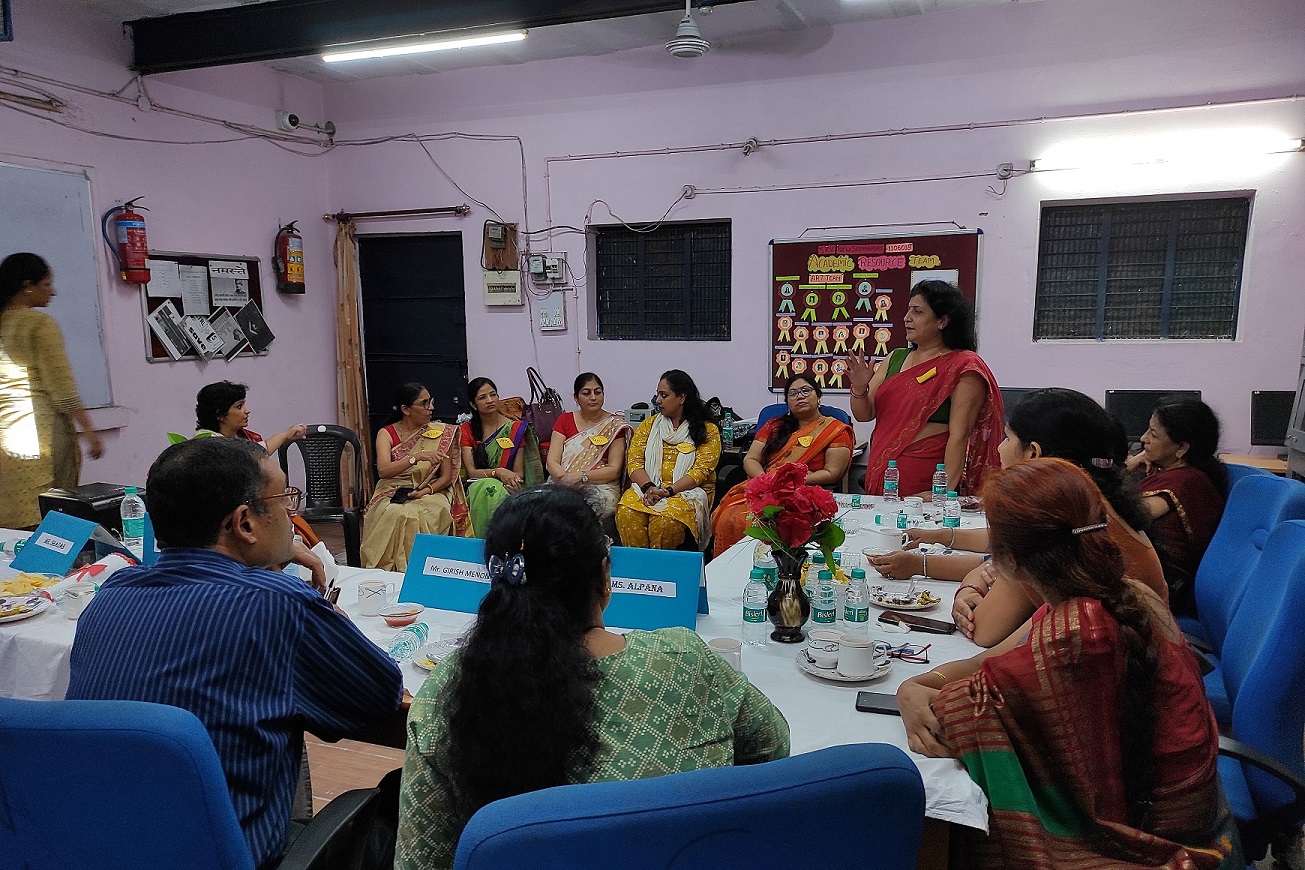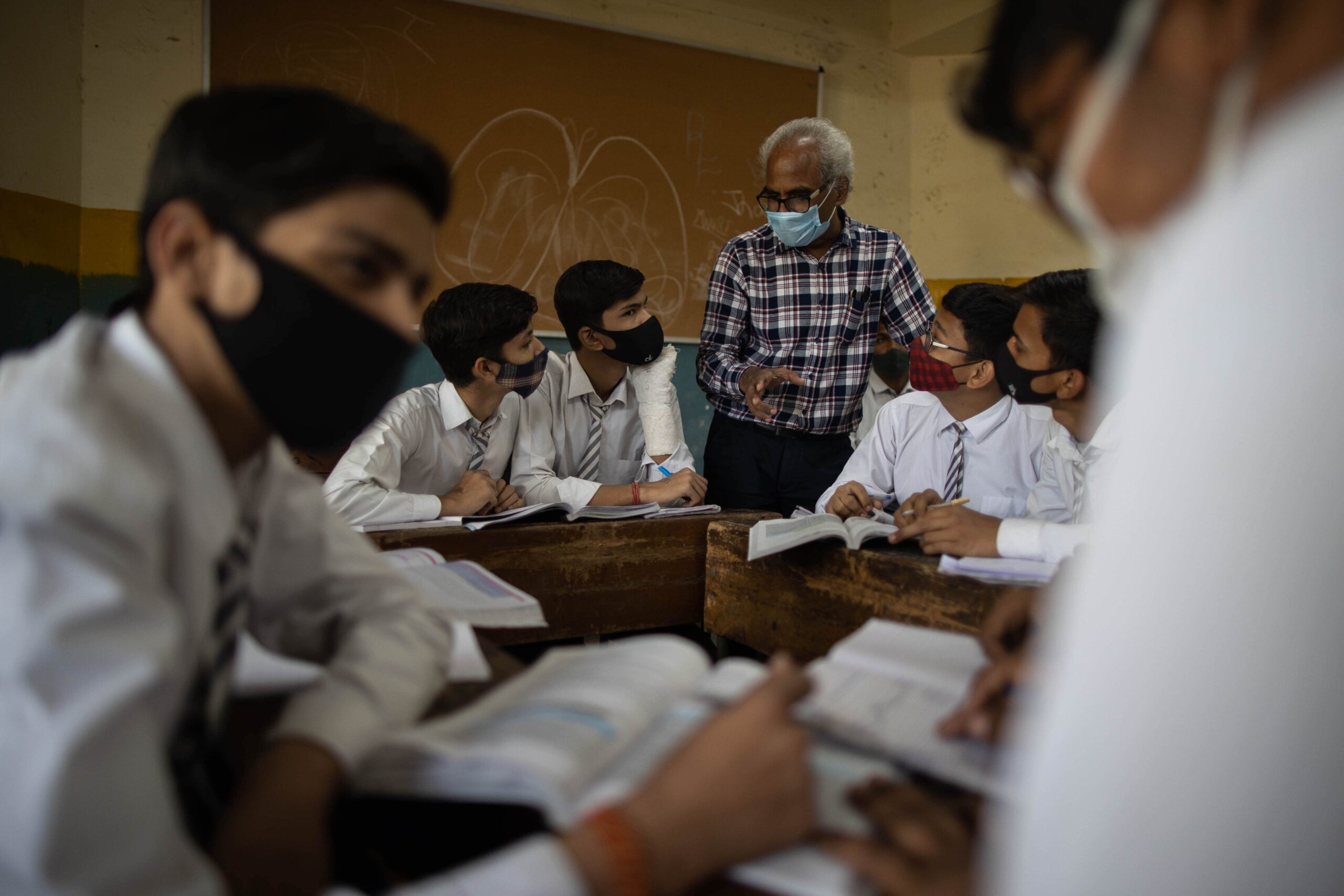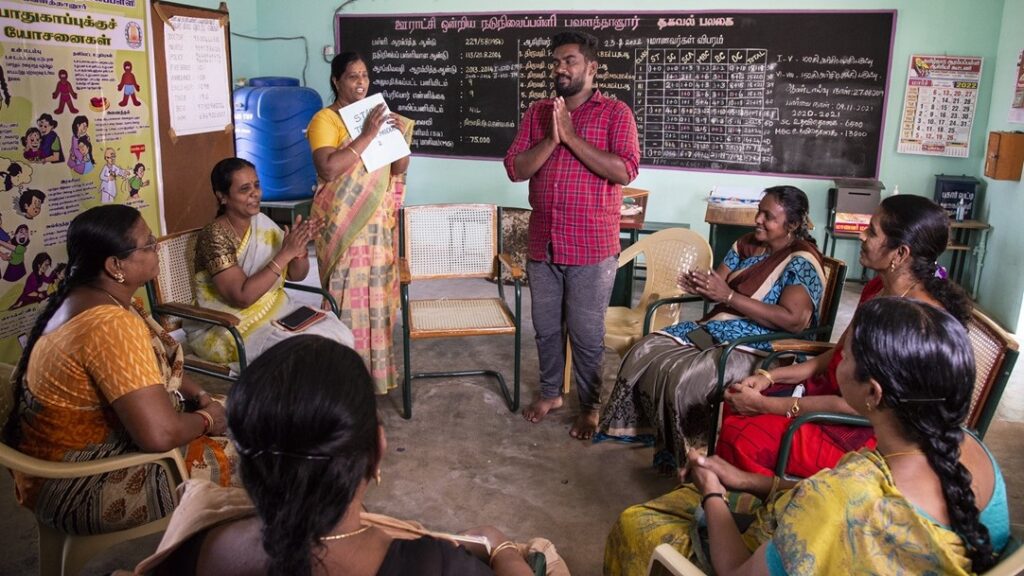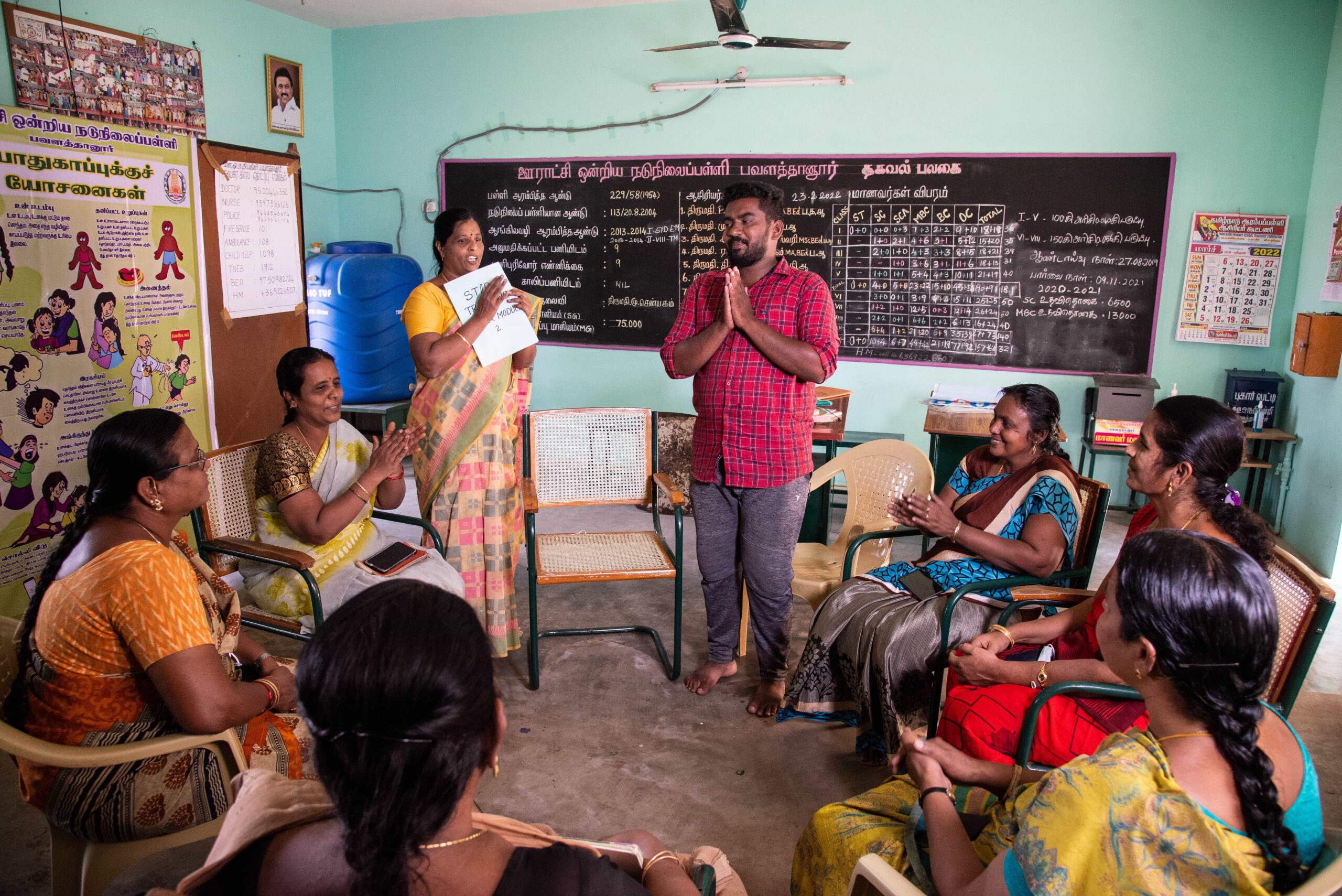Enhancing teacher development through AI-powered chatbot
Gowthama Rajavelu
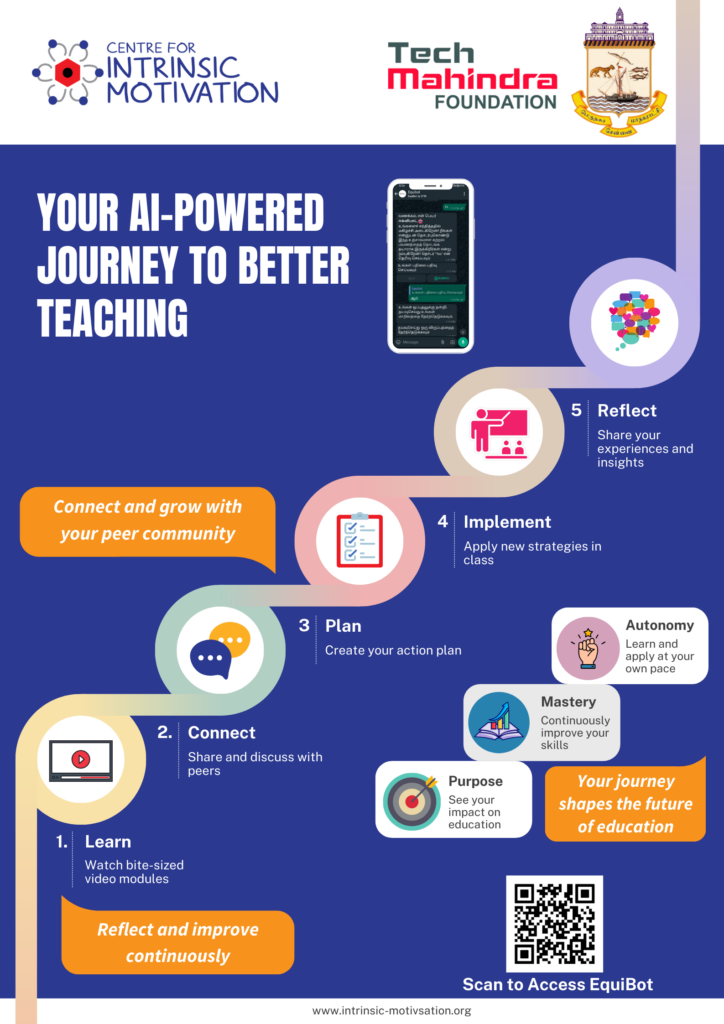
Education landscape is evolving constantly. Teachers are at the centre in this landscape acting as critical drivers. It’s important that teachers remain motivated in order to deliver teaching-learning effectively. However, teacher burnout is a significant issue in education systems worldwide. Research by Vimala Ramachandran highlights how many teachers struggle with diminishing enthusiasm and a sense of ineffectiveness in their professional lives. This burnout not only affects teachers but also impacts the quality of education students receive.
Traditional professional development often falls short in addressing this issue. As Linda Darling-Hammond and her colleagues argue in “Effective Teacher Professional Development,” one-time workshops are insufficient. Teachers need consistent, job-embedded support to truly transform their practice and maintain their motivation.
It’s clear that teachers are overloaded with administrative tasks, which adds to their demotivation. Unfortunately, the current system doesn’t provide an effective mechanism to alleviate this burden. Traditionally, follow-ups on teacher professional development have relied heavily on recurrent school visits by mid-tier officials. While this approach has proven beneficial—as highlighted by the Education Development Trust’s study on the role of mid-tier officials—there are inherent challenges, such as limited resources and time constraints. These officials are often stretched thin, making it difficult to provide consistent, individualised support to every teacher.
This is where a chatbot, like Equibot, becomes a valuable tool. Equibot allows for individualised follow-up with teachers without the constant need for physical visits. It helps teachers plan their lessons by providing timely reminders and prompts, nudges them to connect with their peers for collaborative problem-solving, and encourages regular reflection on classroom practices. By automating these crucial touchpoints, a chatbot offers personalised, ongoing support, which is crucial for teacher growth.
Importantly, Equibot does not aim to replace the essential role of mid-tier officials but rather enhances their efforts. It serves as an efficient digital assistant, ensuring that routine follow-ups and support are not missed due to human resource limitations. Officials can then focus on reflecting on the data received from the chatbot and take targeted actions ultimately resulting in high-impact decisions that ultimately improve classroom teaching and learning practices.


Chatbots like Equibot have already been used effectively in education as personal tutors for students, helping them grasp concepts, practice skills, and receive instant feedback. However, we have designed Equibot to support and empower teachers, one of a kind initiative. It guides them through their professional development journey, offering personalised, real-time support that adapts to their individual needs. Whether through planning, reflection, or peer connections, Equibot acts as a reliable companion in their professional growth, helping teachers stay motivated and inspired. Find below the simple ways in which equibot supports teachers in three steps,
- Personalised Follow-up: After a teacher attends a professional development session, Equibot sends tailored reminders and tips to help implement new strategies. This approach respects teachers’ autonomy, allowing them to choose how and when to engage with these suggestions, thus maintaining control over their professional development journey.
- Continuous Learning: The AI offers regular prompts for reflection and suggests resources based on the teacher’s specific needs and interests. This ongoing feedback loop supports teachers in continually improving their skills, fostering a sense of mastery in their profession.
- Peer Connection: Equibot facilitates connections between teachers working on similar challenges, fostering a community of practice. This not only enhances learning but also reinforces the meaningful impact of teachers’ work by showcasing shared experiences and successes.
The last step of Equibot is to support officials, as mentioned above, to reflect based on data and take actions. This feature helps align classroom practices with broader educational goals, further emphasising the purpose and impact of teachers’ efforts.
The AI can be effectively adapted as a follow-up tool for any teacher professional development program conducted by state educational bodies such as Samagra Shiksha, SCERT, and others. By providing targeted, individualised follow-up, Equibot bridges the gap between large-scale training initiatives and personalised teacher support. Whether it’s a new curriculum rollout, pedagogical training, or subject-specific workshops, Equibot can be tailored to reinforce learning, prompt implementation, and gather valuable feedback. This adaptability makes Equibot an invaluable asset in the broader landscape of teacher education. It allows state-level educational initiatives to extend their impact beyond the initial training period, ensuring that new knowledge and skills are effectively integrated into classroom practice.
Here is how it looks in practice. Consider a teacher who attends a state-run workshop on innovative teaching strategies. Typically, the excitement of new ideas might fade as daily pressures mount. With Equibot, the teacher receives a structured follow-up that keeps the learning alive and actionable.
In Week 1, they revisit key concepts through bite-sized content. Weeks 2 and 3 see them planning concrete actions and connecting with peers for support and idea-sharing. By Week 4, they are reflecting on their experiences, deepening their understanding and sharing their practices with peers. Finally, in Week 5, their journey contributes to broader insights that can shape future training and support initiatives.
As we look to the future of education, tools like Equibot offer the potential to create a more responsive, effective, and motivating environment for teachers. This, in turn, promises to enhance the quality of education for students and contribute to overall improvements in our education systems.
The question to ponder: How can we best integrate these AI-powered tools to support our teachers, drive positive change in our schools, and create an environment where teachers feel empowered, skilled, and deeply connected to the impact of their work?

